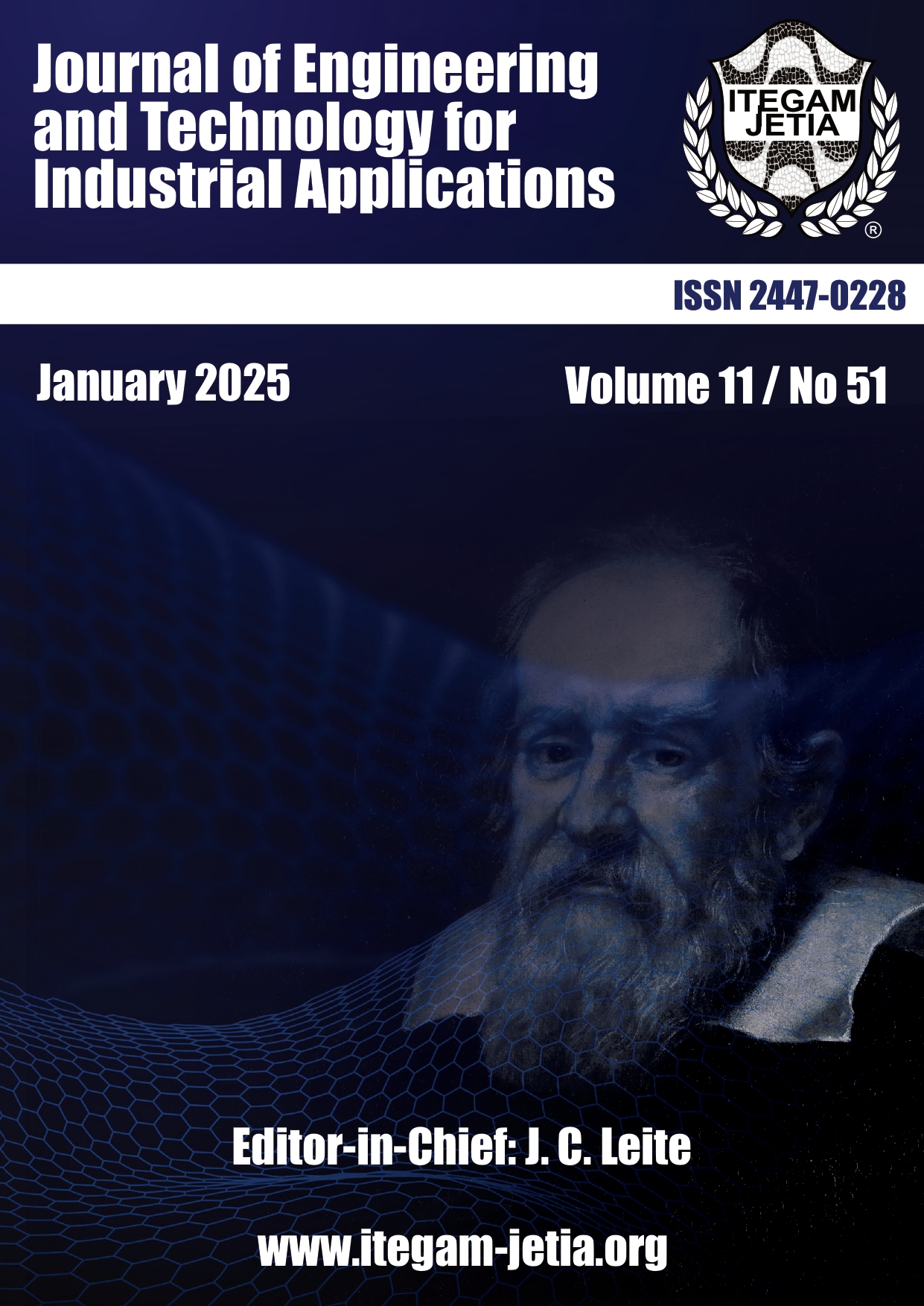Predicting Remaining Useful Life of Lithium-Ion Batteries for Electric Vehicles Using Machine Learning Regression Models
Abstract
Accurate prediction of a lithium-ion battery's remaining useful life (RUL) is essential for effectively managing and maintaining electric vehicles (EVs). By anticipating battery health and potential failures, we can optimize performance, enhance safety, and prevent costly breakdowns. Based on a supervised machine-learning regression approach, this work presents four different regression models like Gradient Boosting Regressor, K-Nearest Neighbor Regressor, Bagging Regressor, and Extra Tree Regressor models to forecast the li-ion battery life for electric vehicles. Using actual battery data from Hawaii National Energy Institute (HNEI), four algorithms were used to forecast remaining useful life (RUL) of batteries. These algorithms were implemented using Python in Google Co-laboratory. The accuracy of each model, Performance error indices including Mean Square Error (MSE), Root Mean Square Error (RMSE), Mean Absolute Error (MAE), R-squared, and computational time were calculated. Findings show that Bagging Regressor model outperforms the other three models in terms of RUL prediction. The Bagging Regressor model demonstrated its superiority with better
Downloads
Copyright (c) 2025 ITEGAM-JETIA

This work is licensed under a Creative Commons Attribution 4.0 International License.











